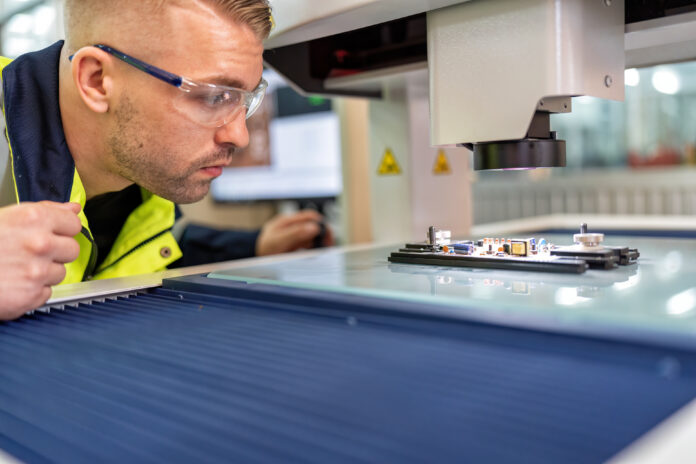
In the dynamic realm of product development, success hinges on more than just meeting customer demands—it’s about creating standout products that excel in the market while optimizing manufacturing processes for efficiency and cost-effectiveness. Enter Design for Manufacturability (DFM), a strategic approach that lays the groundwork for effective product development, ensuring seamless integration between design and production.
The Evolution of Design for Manufacturability
Gone are the days of relying solely on experience and trial and error in product development. In the modern era, DFM introduces a data-driven methodology, empowered by cutting-edge prototyping technologies like 3D printing. This shift marks a significant departure from traditional practices, providing designers with powerful software tools to analyze and optimize product designs for reduced errors and costs.
Key Principles of DFM
At the heart of DFM lie several fundamental principles that drive efficiency and effectiveness in product development:
- Simplified Design: By streamlining product complexity and eliminating unnecessary features, costs are minimized, and efficiency is enhanced.
- Easy Assembly: Designing for seamless assembly with features like self-aligning components reduces errors, defects, and production operations.
- Standardization: Standardizing materials and components while minimizing the number of unique parts simplifies manufacturing processes and cuts costs.
Implementing DFM in Product Development
Incorporating DFM principles early in the product development process is crucial for achieving optimal outcomes. Here’s how it works:
- Pick the Correct Process: Selecting the most suitable manufacturing process based on factors like production volume and part complexity is key to optimizing product development and manufacturing.
- Design for Efficiency: Adhering to robust manufacturing principles during part drawing and design ensures efficient and high-quality production, mitigating potential issues and achieving optimal results.
- Careful Material Selection: Considering material properties like mechanical, thermal, and electrical characteristics ensures peak performance and functionality of parts.
- Evaluating Operating Environment: Designing products to withstand specific operating conditions ensures performance meets expectations and enhances product reliability.
- Prioritize Compliance and Testing: Ensuring products align with safety and quality standards promotes safety and quality across the board, instilling confidence in end-users.
Benefits of DFM for Buyers of Manufacturing Services
Embracing DFM principles in product development translates to several benefits for buyers of manufacturing services:
- Error Prevention: Identifying and eliminating costly mistakes or design flaws before manufacturing begins averts potential setbacks.
- Assembly Efficiency: Minimizing assembly steps streamlines the production process, enhancing overall efficiency.
- Accelerated Time-to-Market: Expedited product development shortens time-to-market, enabling quicker product introductions.
- Enhanced Quality: DFM contributes to the production of higher quality products, ensuring superior end results.
- Safety Improvements: Early hazard identification and elimination create a safer working environment, safeguarding both products and personnel.
Driving Efficiency and Excellence with DFM
In conclusion, Design for Manufacturability is a game-changer in product development, offering a strategic framework for optimizing efficiency, reducing costs, and enhancing product quality. By incorporating DFM principles early in the design process, manufacturers can achieve superior outcomes, delivering innovative products that meet customer needs while maximizing production efficiency. As technology continues to evolve, DFM remains a cornerstone of successful product development, driving efficiency and excellence in the ever-changing landscape of manufacturing.




